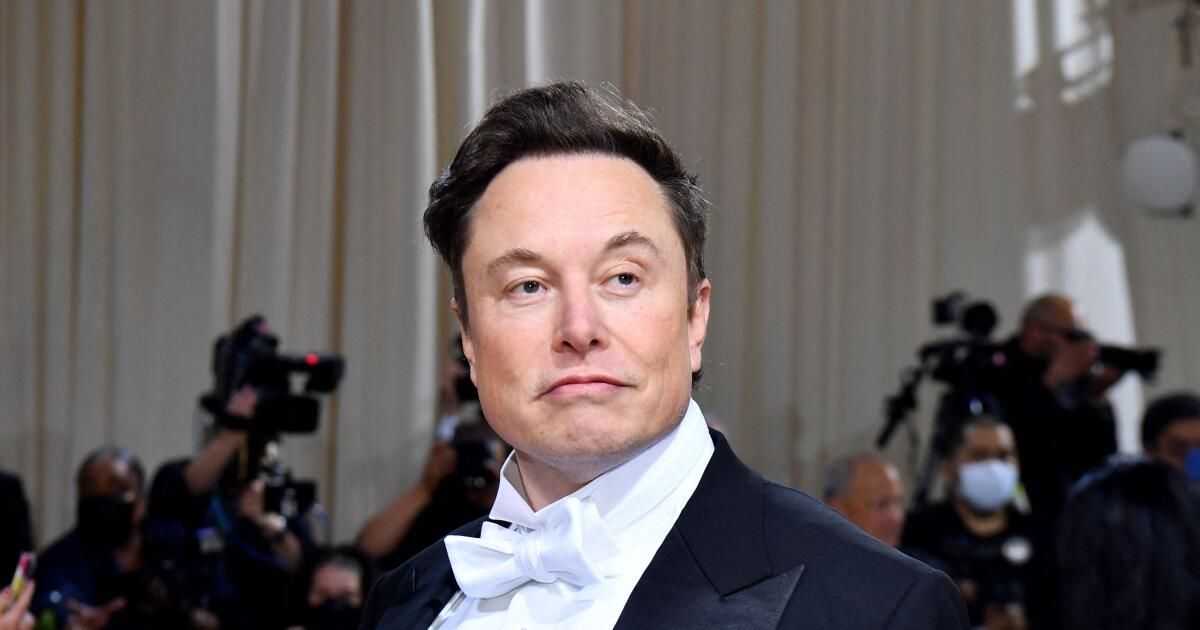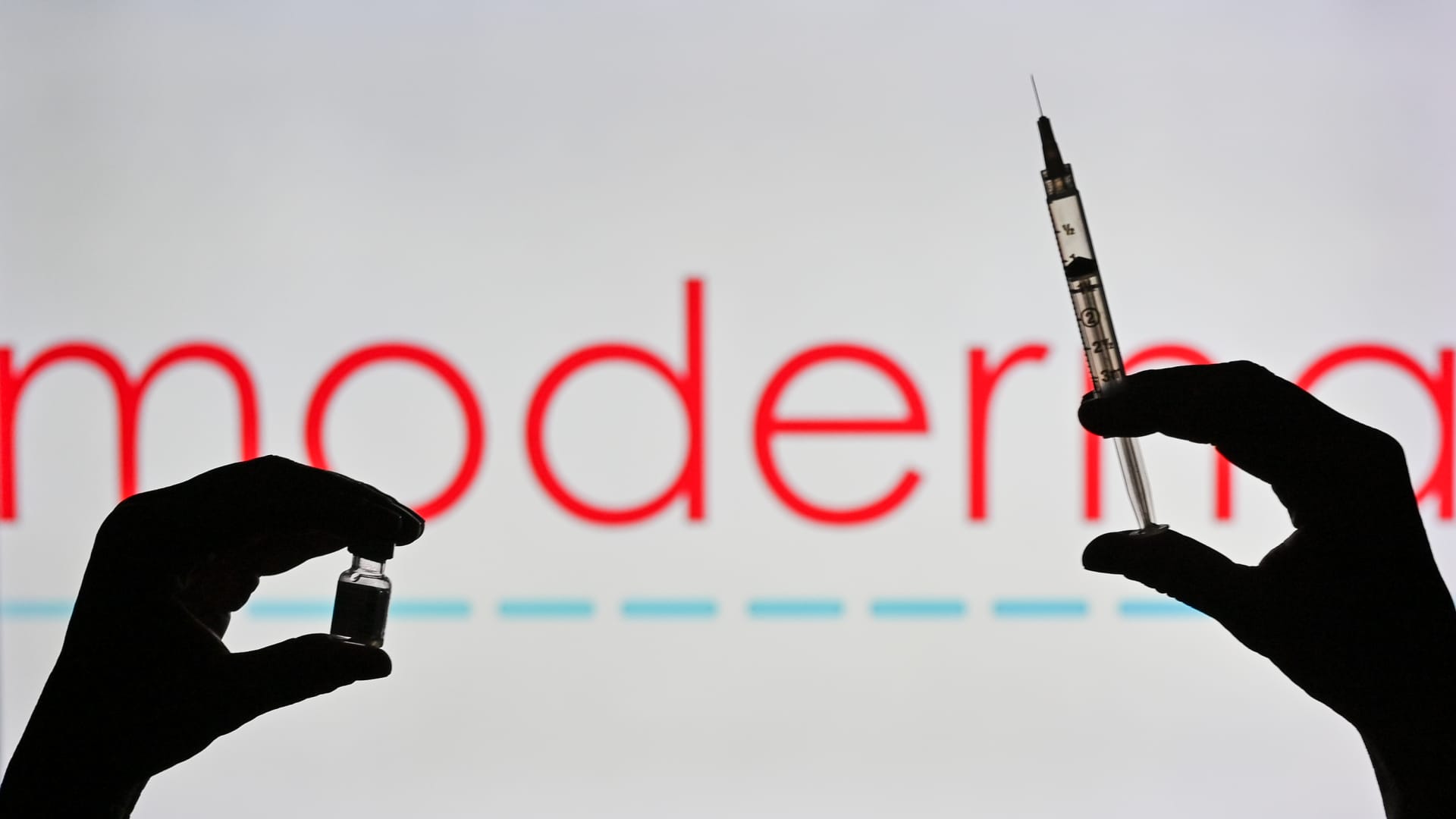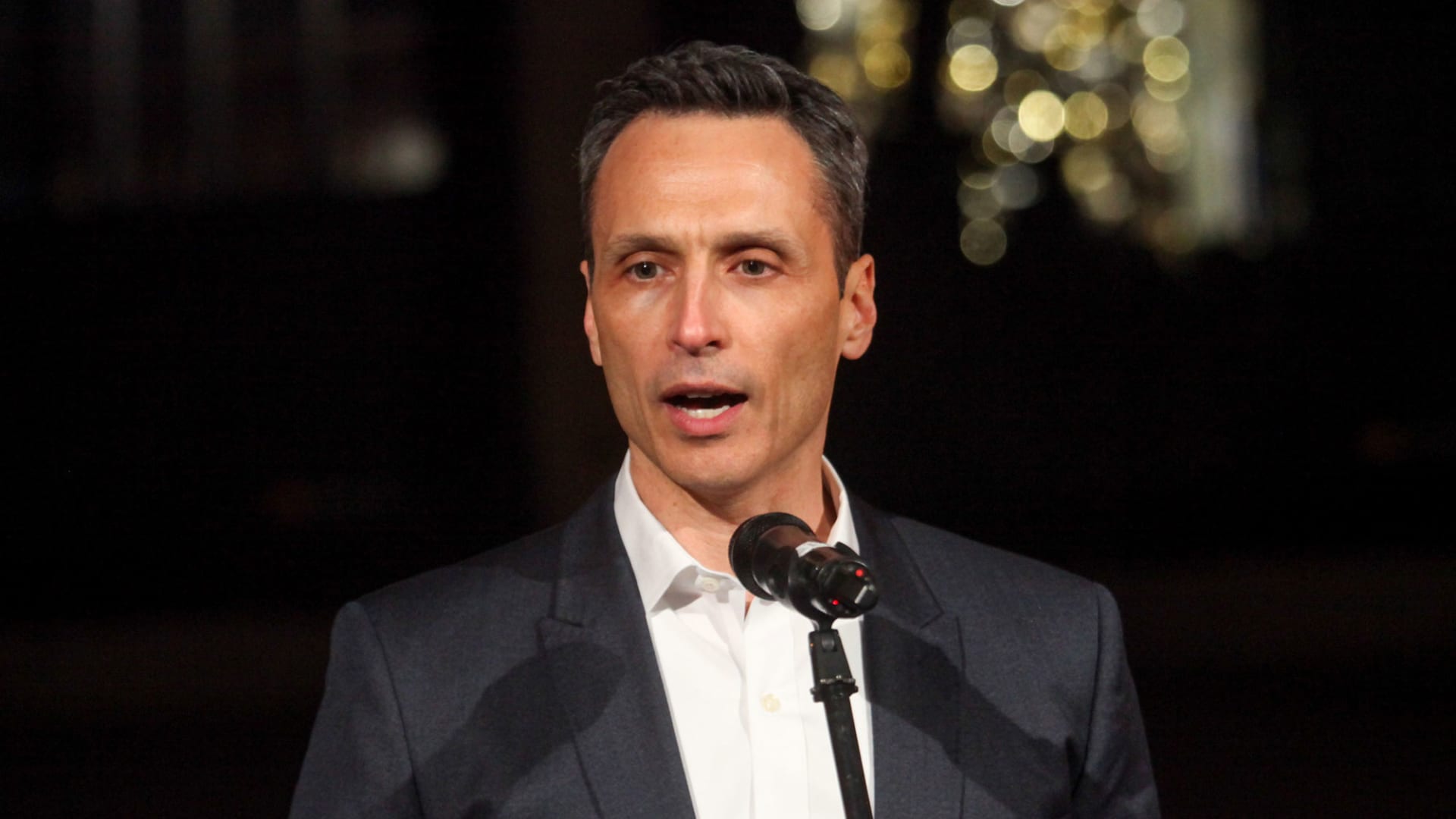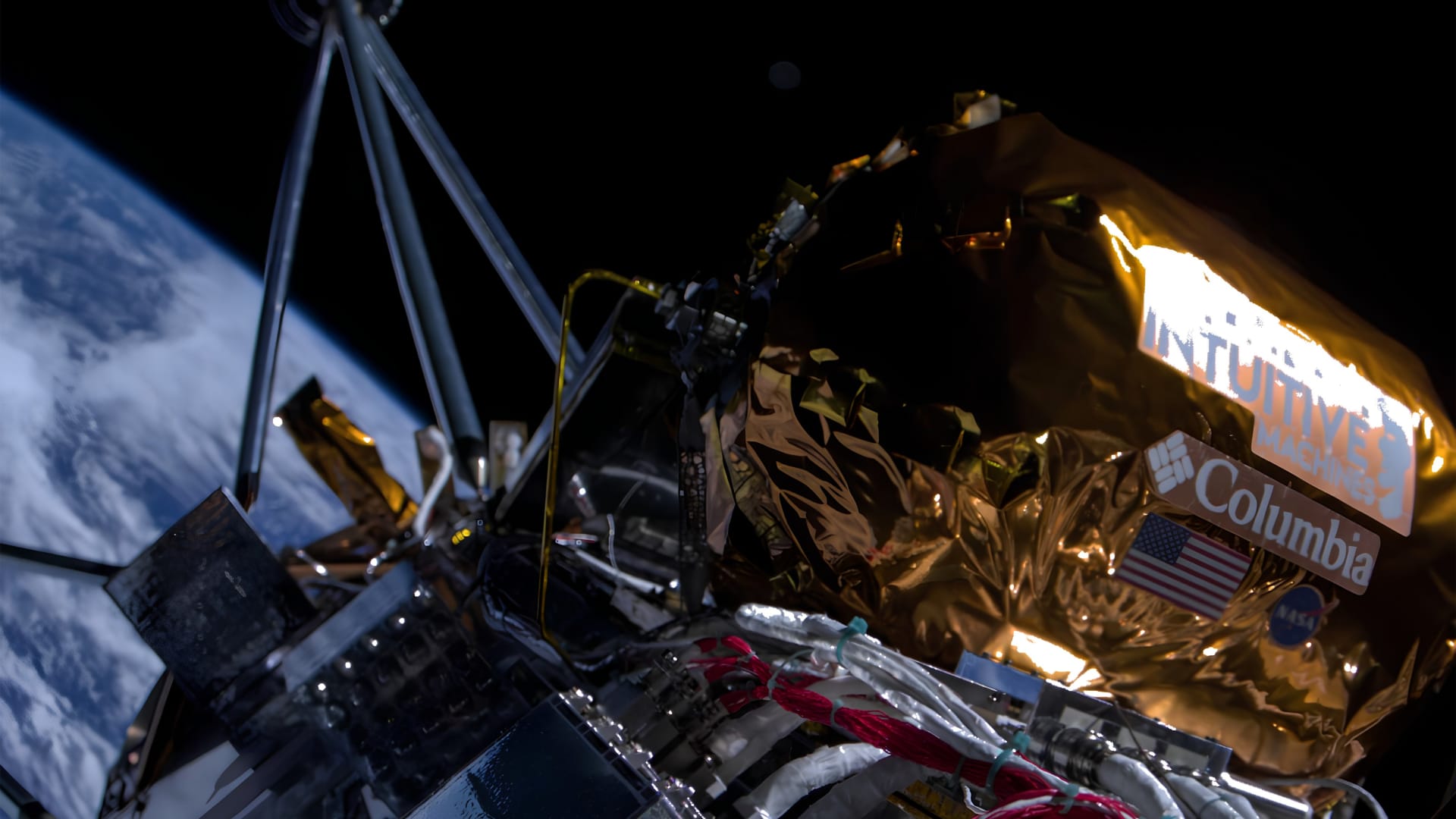A year ago this month, Elon Musk proclaimed his position on guilt and innocence in a tweet.
“My commitment: We will never seek victory in a fair case against us, even if we probably win,” he wrote. “We will never give up or settle an unfair case against us, even if we probably lose.”
Recently, Musk gave up. Instead of persisting in fighting a nearly three-year-old defamation lawsuit brought by graduate student Randeep Hothi, Tesla's pugnacious CEO cried, settling for $10,000. Musk's lawyers offered to settle several weeks ago and on Monday, Hothi said, he accepted.
Hothi's lawsuit accused Musk of defaming him in an email by claiming that Hothi “almost killed” a Tesla security guard in the company's factory parking lot, without any basis in fact.
“Last year, Musk promised that he would never 'solve an unfair case.' However, he has asked Mr. Hothi to accommodate him,” D. Gill Sperlein, one of Hothi's attorneys, said in a statement Monday. “We welcome Musk's belated recognition that this case was fair.”
Musk's lawyers have yet to respond to emails or phone calls from the Times.
For the record:
16:36 May 1, 2023A previous version of this article miscalculated the settlement as a percentage of Elon Musk's estimated net worth. The $10,000 payment represents 0.000006% of $165 billion, not 0.00000006%.
To be sure, the collapse is unlikely to disrupt billionaire Musk's jet-setting lifestyle. Ten thousand dollars is equivalent to 0.000006% of his estimated net worth of $165 billion.
Another way to look at it: If a family's net worth was $165,000 (well above the U.S. average) and the payoff percentage was the same, that family would have to write Hothi a check for 1 cent.
Whether Musk settled because he changed his mind and decided Hothi's case was a fair case, or for some other reason, only Musk knows. He did not respond to requests for comment.
The case
So who is Randeep Hothi and what is the defamation suit about?
The defamation part is simple: Hothi's lawyers argued that when Musk wrote the email in 2019 claiming that Hothi “almost killed” a Tesla security guard, with no evidence to support it, he defamed Hothi.
The who Hothi is part is a little more complicated: A graduate student at the University of Michigan but living in the Bay Area in early 2019, Hothi began monitoring car production from outside the Tesla factory. in Fremont and to post their findings on Twitter. Using the handle @skabooshka, was popular among a group of short sellers and other Tesla critics known as #TeslaQ. (At the time, Hothi had a short position in Tesla stock.)
He was unpopular with Tesla executives, particularly Musk. The factory security forces had recorded his license plate number and the guards were under orders to throw him out if they saw him snooping around.
Hothi was on a mission. He was skeptical that Musk could deliver on promises to build the new Model 3 in a factory so automated and so devoid of humans that it would look like an “alien battleship.”
Hothi turned out to be right: Musk's aggressive attempt at automation was an embarrassing failure, and Tesla ended up assembling the Model 3 in a hastily constructed tent outside the factory walls. Tesla shares were under great pressure at the time from short sellers who were betting that the company was about to go bankrupt. But Musk pulled it off: It may have been built in a tent, but the Model 3 proved popular and, by Musk's own admission, the company narrowly escaped bankruptcy in 2018 and was still struggling with production when Hothi was ousted. from the parking lot. batch.
The problem began in February 2019, after Hothi stopped his car in the Tesla factory parking lot and parked it. The lot is publicly accessible and the site included a Tesla retail showroom that the public was invited to visit.
A guard intercepted Hothi and told him to leave. Hothi said he was going to the showroom but complied with the order. When Hothi left the parking lot, the guard was standing near the side of his car. Hothi passed by him, very closely. What physically happened is unclear, but after Tesla showed video footage of the encounter to local authorities and attempted to arrest Hothi, police and prosecutors told Tesla that they found no cause.
The “alien battleship” was not the only source of Hothi's skepticism. He considered Musk's claims that his autopilot system would soon become a “fully autonomous” robot car fantastic. Musk had claimed in 2016 that a Tesla could drive itself without human intervention from Los Angeles to New York by the end of 2017. Although Tesla has been selling a $15,000 feature it calls full self-driving, neither Tesla nor anyone else. commercially available car, it can drive itself, not even around a block, let alone across the continent.
A few months after the incident at the factory, Hothi was driving and came across a Tesla-owned vehicle with cameras mounted that Hothi assumed would be used for a video showing the car's self-driving capabilities. He took pictures from his car.
Tesla claimed that Hothi harassed, harassed and endangered the car's occupants, and then sought and obtained a temporary restraining order in court.
When Tesla pushed for a permanent restraining order, Hothi told the judge that the Tesla car's cameras could show exactly what did and did not happen that day. The judge ordered Tesla to present the videos as evidence. Instead of complying, Tesla dropped the case.
Shortly after, in August 2019, Musk was exchanging emails with Aaron Greenspan, a longtime Tesla critic who runs the legal document search engine called PlainSite. In one of those emails, Musk wrote: “[a]As for the people you mention below, they have actively harassed and, in Hothi's case, almost killed Tesla employees. What was a side hit when Hothi hit one of ours could easily have been a kill 6 inches apart.”
Greenspan was well known for corresponding with people like Musk on social media. Musk is known for writing emails to employees that are then widely distributed over the Internet. Musk never told Greenspan that the emails were confidential, Greenspan said. He posted Musk's claims about Hothi on Twitter and they went viral.
To prove defamation, legal experts say, a plaintiff generally must show that the defendant made a false statement purporting to be fact; that was published or communicated to a third party; that the defendant was, at the very least, negligent; and that the plaintiff suffered damage to his reputation or other damages.
Randeep Hothi filed a defamation lawsuit against Elon Musk, who settled for $10,000.
(She Khan)
Hothi, in a prepared statement Monday, said: “I filed this case to defend my work, clear my name and send a message. I believe I have achieved this, in large part thanks to Musk, whose own behavior over the past year has highlighted the need to examine his every word and action. This case was about taking a stand, not about seeking fame or money. “I feel vindicated.”
His case depended on donations from friends and supporters, and those funds were not inexhaustible. Had she lost the case, he could have been required to pay the billionaire's legal fees.
When his case was first brought forward, Hothi said all he wanted was a simple apology from Musk. He has not received any to date.









